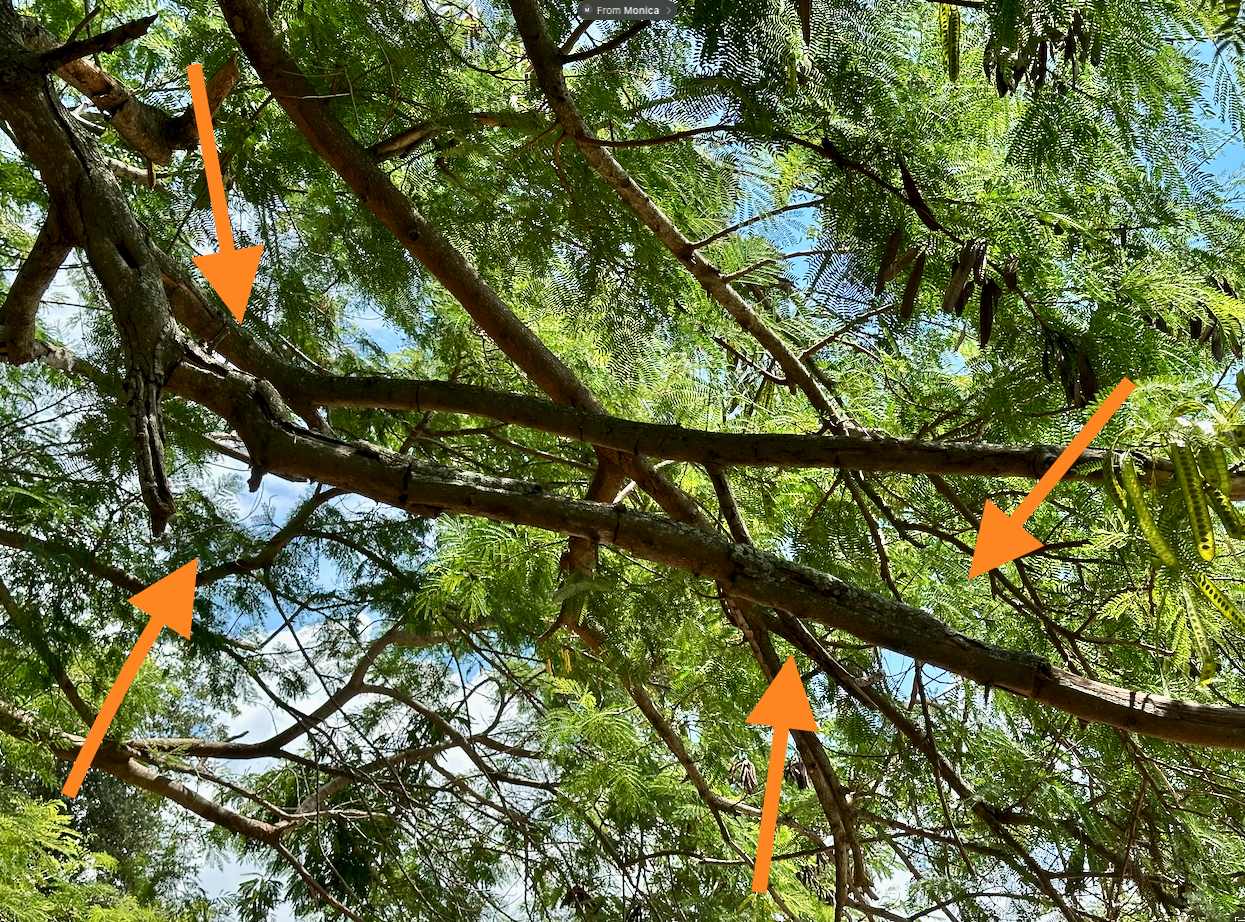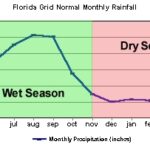Deadwood in Trees: What You Need to Know
Deadwood in trees is a natural and common occurrence, but many people wonder what it really means and if it’s something to be concerned about. In this easy-to-read article, we’ll explore what deadwood is, its causes, and its significance for tree health and safety.
What is Deadwood?
Deadwood refers to the dead or decaying branches, twigs, and stems found in a tree’s canopy. It is a natural part of a tree’s life cycle and is present in most mature trees. Deadwood can be identified by its brittle, dry, and discolored appearance.
Causes of Deadwood:
Deadwood in trees can be caused by various factors, including:
- Aging: As trees age, some branches naturally die off as part of the natural growth process.
- Disease: Trees may develop diseases or infections that lead to the death of specific branches.
- Insect Infestations: Certain insects can attack and weaken tree branches, leading to their death.
- Environmental Stress: Adverse environmental conditions, such as drought or extreme temperatures, can cause branches to die.
- Physical Damage: Mechanical injuries, like storms, wind, or improper pruning, can result in deadwood formation.
Significance for Tree Health and Safety:
While deadwood in trees is a normal occurrence, excessive deadwood can be a sign of tree health issues. Deadwood can make a tree more susceptible to diseases, pests, and structural problems. It can also pose safety hazards, especially if dead branches are at risk of falling, potentially causing damage or injury.
Tree Care and Deadwood Removal:
Regular tree care, including proper pruning and maintenance, is essential to manage deadwood and ensure tree health and safety. Deadwood removal is typically recommended for the following reasons:
- Safety: Dead branches can fall unexpectedly, posing risks to people and property. Removing deadwood helps prevent accidents.
- Disease Prevention: Deadwood can attract pests and diseases, which may spread to other parts of the tree if left untreated.
- Aesthetics: Deadwood can negatively impact a tree’s appearance, and its removal enhances the tree’s overall beauty.
- Improved Growth: Pruning deadwood promotes new growth and better airflow within the tree canopy.
- Structural Stability: Removing deadwood helps maintain the tree’s structural integrity and reduces the risk of failure.
Professional Arborists and Deadwood Management
When dealing with deadwood, it’s best to consult with a certified arborist or tree care expert. These professionals can assess the extent of deadwood in your tree, identify any underlying issues, and recommend the appropriate course of action. They have the expertise and equipment to safely and effectively prune or remove deadwood while preserving the health and beauty of your trees.
Deadwood is a natural part of a tree’s life cycle and is common in mature trees. While it may not always be a cause for concern, excessive deadwood can impact tree health and safety. Regular tree care, including deadwood removal, is crucial to maintain the well-being of your trees and ensure their longevity. By working with a professional arborist, you can effectively manage deadwood and keep your trees thriving and safe.




